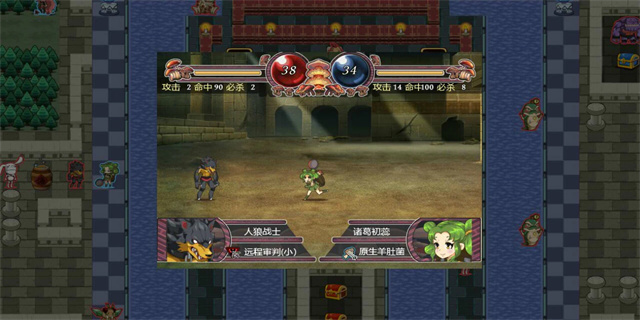Three-Dimensional Stroke: An Introduction to the Art of 3D Drawing
Three-dimensional stroke, commonly known as 3D stroke, is a technique used in art to illustrate the appearance of depth in a two-dimensional medium. As the name suggests, the intention is to create the illusion of a three-dimensional object by incorporating elements such as shading, highlights, and shadows. In this article, we will explore the basic principles of 3D stroke, its history, and its application in contemporary art.
The History of 3D Stroke
The concept of 3D stroke has been around since the early days of artistic expression. For centuries, artists have experimented with techniques to convey the illusion of depth to viewers of their work. In the 20th century, innovations in technology, particularly in the field of animation, provided artists with new tools to create 3D effects in their work. With the advent of computer-generated graphics, 3D stroke has become a central element in contemporary art, film, and video game design.

The Principles of 3D Stroke
The basic principles of 3D stroke involve the use of lines, shading, and perspective to create the illusion of depth. In traditional 2D art, objects are drawn with thin lines that do not suggest depth. In contrast, 3D art uses thick lines placed next to each other to create the appearance of a three-dimensional edge. The use of light and shadow also plays a critical role in creating a 3D effect. By adding shading and highlights to an object, an artist can create the appearance of depth, making it stand out from the background. Finally, the use of perspective allows an artist to create a sense of distance between objects, making some appear closer than others.
The Applications of 3D Stroke in Contemporary Art
Today, 3D stroke is widely used in contemporary art, particularly in the fields of sculpture, architecture, and digital media. Artists use the technique to create complex, highly-detailed works that explore the relationship between viewers and their environment. In architecture, 3D modeling has become an essential tool for designing buildings and urban spaces. Digital media, especially video games, rely heavily on 3D stroke to create immersive and realistic environments for players to explore.

In conclusion, three-dimensional stroke is an artistic technique that has been developed and refined over centuries. This versatile technique has become an essential tool for artists, architects, and designers working across a range of disciplines. Whether it is used to create the illusion of depth in a painting or to model a complex urban landscape, 3D stroke offers endless possibilities for creativity and innovation.





















